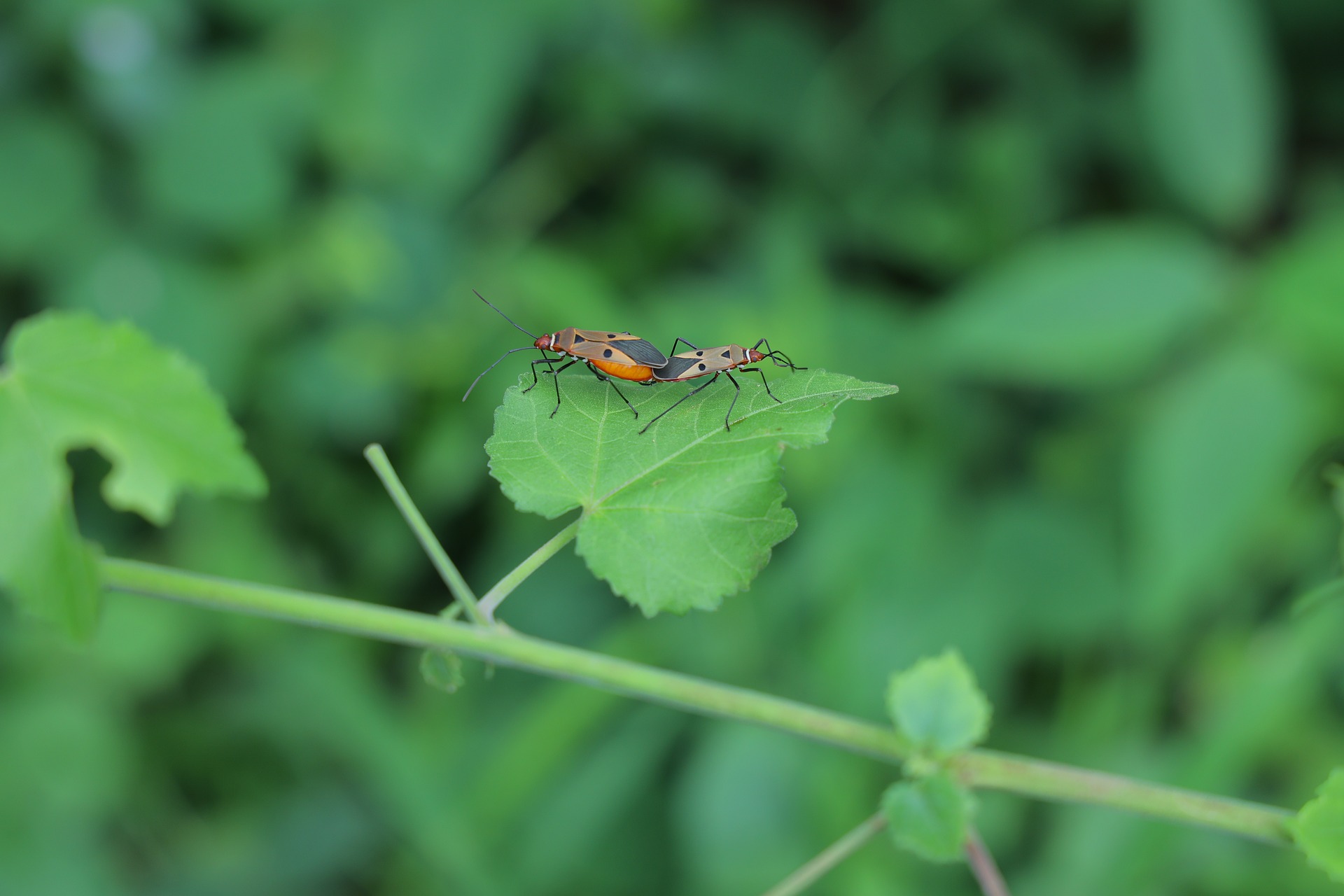How To Get Rid of Bugs On Indoor Plants Soil

Introduction
“Bugs” is a variety of insects and other arthropods. Plants can be infested or damaged by bugs in many ways. Though not all bugs are harmful, most pests can feed on plant tissues, spread diseases, or cause other forms of harm.
Here are some common types of plant bugs:
Aphids: Aphids suck sap from plant stems, leaves, and buds. They are small, soft-bodied insects and cause yellowing of leaves, stunted growth, and sometimes spread plant diseases.
Spider Mites: Spider mites are a type of tiny arachnid. They feed on the undersides of leaves and cause a speckled or discoloured appearance. Leading to leaf drop, they can create webs and weaken the plant.
Whiteflies: Whiteflies are small flying insects. They also suck sap from plants like aphids. Plants can be damaged and weakened by them, and they can transmit plant viruses.
Mealybugs: They look like cotton. These soft, white insects often cluster in the crevices of plants. They are similar to aphids, as they suck sap and cause similar damage and promote the growth of sooty mold.
Scale Insects: With a hard and protective coating, they can appear as small, flat, or round bumps on plant stems and leaves. They are also like aphids and suck sap, which can cause stunted growth.
Caterpillars and Beetles: These bugs cause direct physical damage to plants. They are larvae of certain insects that chew on plant leaves, flowers, and stems.
Fungus Gnats: Fungus gnats are small flies that lay eggs in the soil, and their larvae feed on plant roots. They can damage the roots and cause poor growth. They also make plants susceptible to disease.
Thrips: They often leave a silvery or stippled pattern on leaves and flowers. These tiny, slender insects suck out the contents of plant cells and damage the plant.
If you want to know some ideas about how to get rid of bugs on indoor plants, first of all, you have to know how the bugs damage the plants!
So let’s have some ideas about how bugs damage indoor plants:
Bugs can damage indoor plants in several ways, such as:
Feeding on Plant Tissue: Some insects, such as aphids, mealybugs, spider mites, and whiteflies, feed on plant tissues. They pierce the plant cells and suck out the nutrients. These bugs weaken the plants, stunt growth, and cause yellow or curly leaves. They are the reason for heavy infestations that can lead to the death of the plant.
Spreading Diseases: Aphids and thrips can spread plant diseases. Viruses, fungi, or bacteria are carried by these pests from one plant to another and infect them. These pests can potentially cause severe damage that’s difficult to reverse.
Leaving Behind Harmful Excretions: Aphids produce a sticky substance known as honeydew as they feed. Mold or fungi are attracted by these residues, creating a breeding ground for further plant health problems.
Causing Physical Damage: Bugs like caterpillars or beetles may chew on leaves or stems. They are responsible for visible damage to the plant’s structure and reduce its ability to photosynthesize.
Encouraging Rot: Pests like fungus gnats can thrive in moist conditions and damage the roots of plants. Their larvae feed on plant roots, leading to rot and hindering the plant’s ability to absorb nutrients and water.
Getting rid of bugs in indoor plant soil requires a combination of methods.
How to Get Rid of Bugs On Indoor Plants: Step-By-Step Guide
Identify the Pest: Some common indoor plant pests are fungus gnats, aphids, mealybugs, and soil mites. Fungus gnats are small flies that hover around the plant soil, and aphids are tiny green or black insects found on plant stems or leaves. Small, white, cotton-like insects are known as mealybugs. Lastly, tiny, often translucent bugs that live in the soil are soil mites.
Remove Infected Soil: You can remove the top 1-2 inches of soil for pests like fungus gnats or soil mites, as these pests often reside there. If the infestation is severe, repotting can help. You should consider repotting the plant with fresh, sterile soil and cleaning the pot thoroughly before reuse.
Dry Out the Soil: Moist conditions are advantageous for most soil-dwelling pests, so you should allow the soil to dry out slightly between waterings to deter them.
Use Natural Pest Control Methods: Diatomaceous earth is a fantastic method to get rid of bugs. Sprinkle a thin layer on top of the soil to help kill insects like fungus gnats. This method can dehydrate the pests without harming your plant. Cinnamon is also a natural fungicide that can help reduce fungus growth in the soil, which attracts pests like gnats.
Neem Oil: If you ask me does neem oil really help to get rid of plant pests? Then I would say yes it is 100% true. I have used it myself. Neem oil is used as a natural insecticide that helps you keep your indoor plants free from insects. Simply mix a few drops of neem oil with water and spray it on your plants. It is safe for all indoor plants.
Use Sticky Traps: Place yellow sticky traps near the soil surface or around the plant to catch flying pests like fungus gnats.
Insecticidal Soap or Rubbing Alcohol: You can spray a solution of insecticidal soap or a mix of rubbing alcohol (70%) and water (about a 1:1 ratio) directly onto the visible pests on the surface.
Introduce Beneficial Nematodes: You can introduce beneficial nematodes and microscopic worms if the infestation is significant and persistent. This method can naturally prey on soil-dwelling pests like larvae and grubs.
Conclusion
By following these methods and maintaining proper plant care, such as good drainage, appropriate watering, and proper humidity, you should be able to manage and eliminate bugs in indoor plant soil.
